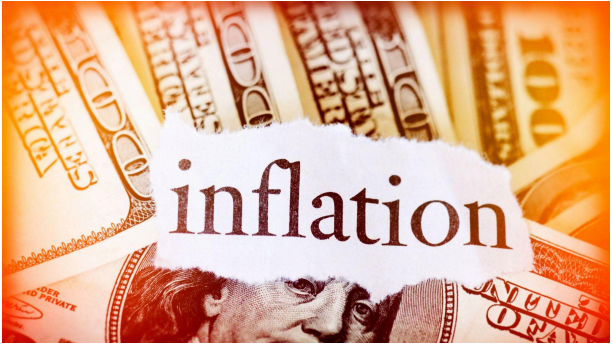Are negative interest rates sustainable during hyper-inflation?

- 28 Sep 2022
A negative interest rate policy is when the interest rate is less than 0% by the central and commercial banks. This policy is implemented when a country is in the process of recovery from an economic or financial crisis. During such times, there is low inflation in the economy which leads to slower and less economic growth. The idea behind the concept is that with a lesser interest rate, there will be more borrowers who will eventually spend this money. The inflation will rise as the expenditure rises leading to a higher economic growth rate and more consumer demand.
One of the first countries to adopt this policy due to weak inflation was Denmark in 2012 wherein they gave homeloans at -0.5% for 20 years. Since the interest rate is negative, the debt repaid every month is lesser. Following this, the European Central Bank (ECB) became one of the first major banks to have a negative interest rate on deposits. Up until the current hike of 50 basis points in 2022, the rate has remained at -0.5% since 2014. They were able to have a negative rate for so long despite the rising inflation due to a stable economy.
Meanwhile, Japan adopted the policy in 2016 since they have low inflation and to have a weaker currency rate than other countries. They wanted their currency to be weak due to high export volumes and easier trade payments. Another example of this was Sweden that adopted this policy in 2009 to combat deflation. Once the country witnessed their target inflation of 2% and saw higher economic growth, they increased their rate to a positive 0% in 2019.
After 7 years, The Swiss National Bank hiked their interest rates by 75 basis points from -0.25% to +0.5% this Thursday as their inflation rates touched a high of 3.5%. This has been their highest inflation rate since the past three decades. It was the last country in Europe maintaining a negative interest rate as other European countries like Denmark also ended their negative interest rate policy last month. The recent rate hikes have been inevitable due to the rising inflation globally. The charges on large deposits were also removed which will make it easier for people to save their money.
Some of the repercussions of this policy are:
1. The banks earn profits by lending money and receiving interest on the same. Due to lower interest rates the banks might have less profits. This situation could eventually lead the bank to avoid lending more money reducing their overall profitability.
2. This policy reduces the incentive to save for the depositors as the interest rate is negative. It will lead to them paying an amount to deposit money.
3. The currency of the country might weaken against other stronger currencies as investment in countries with a positive interest rate on deposits will produce better returns for investors. This loss of investor confidence could lead to slower economic growth as well. However, it might be beneficial for investors to buy bonds as interest rates and bonds have an inverse relationship. So when the interest rate decreases, bonds are a safer investment. Similarly, property prices rise during this situation because loans are available at a negative interest rate leading to the increase in demand for properties.
When the Fed lowers the reserve rate, the commercial banks have more money to lend to the public at lower rates. Hence, due to this policy borrowing money from the bank becomes easier. Other measures that can be adopted to deal with deflation include increasing the money supply into the economy. This can be done by raising public expenditure by reducing taxes. Another method is for the government to buy back government treasuries so that there is flow of money in the economy.
- Vinati Jethra
Join us for the Gateway to Wealth Copy Trading Tutorial

You're being redirected to another page, it may takes upto 3 seconds
